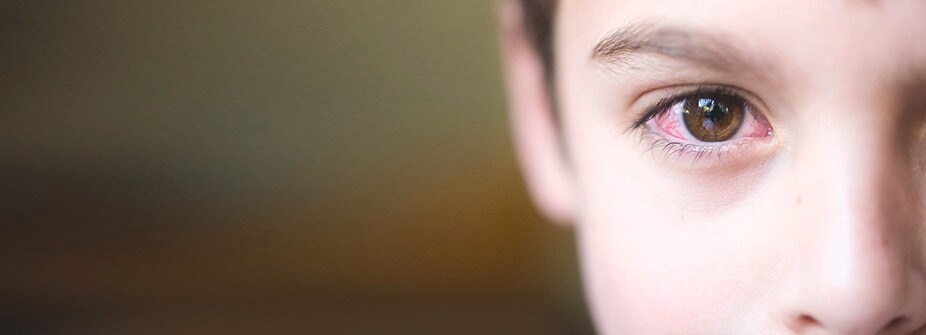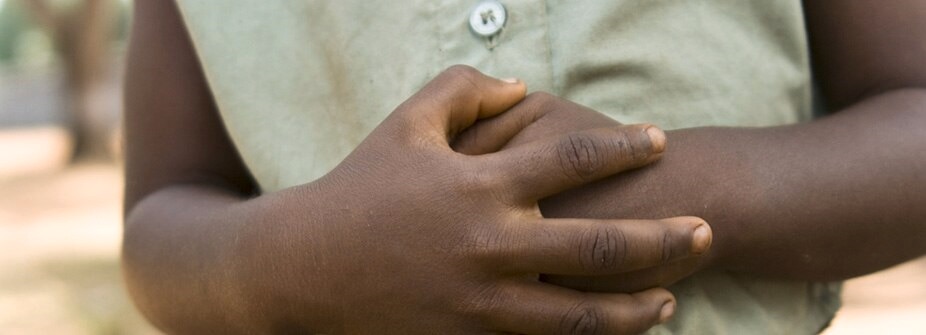What is NDM-1 bacteria?
‘NDM-1’ is the common name for an enzyme called metallo-beta-lactamase – named controversially after New Delhi in India, its presumed city of origin. The source of NDM-1 was later disputed, but what we do know is that this enzyme is actually produced by certain bacteria, and can enable bacteria like E. coli and K. pneumoniae to become resistant to many antibiotics. This makes infections difficult to treat. Bacteria producing NDM-1 are spread by direct and indirect contact with an infected person (by touching them or by touching something they’ve contaminated). Medical tourism (having cheaper operations abroad) and international travel have also been linked to the rapid spread of NDM-1-associated infections.
NDM-1 bacteria
How to Deal with NDM-1.
NDM-1 bacteria symptoms:
- Fatigue
- Shock (if the bacteria enters the bloodstream)
- Fever
- Urinary infections
- Other symptoms specific to each illness
NDM-1 prevention:
Hygiene habit
Concentrate on hand-hygiene
Regular handwashing with soap and disinfecting hands with hand sanitizer throughout the day (after using the bathroom, before preparing food, and of course if you’ve been in contact with an infected person) will protect you and your loved ones and help prevent the spread of bacteria.
Medical practices
Protect yourself in hospitals
When sufferers were treated in hospitals, NDM-1 passed to other patients too. So be vigilant. Patients should be placed in private rooms, hospital staff should wear protective gowns and gloves, and you should use gloves and hand sanitizer too.
Use antibiotics carefully
NDM-1 neutralizes the effects of carbapenems – which are one of the most powerful types of antibiotics. To reduce the risk of NDM-1 developing in new bacteria (and then making that bacteria carbapenem/antibiotic-resistant too) you have to use existing antibiotics wisely. Talk to your doctor about the antibiotics you are already taking.
NDM-1 bacteria treatment:
Consider the evidence and seek medical attention
Did you recently travel abroad for medical treatment? Did you contract the infection while in another country? Are antibiotics having little effect on your symptoms? If the answer to these questions is 'yes', you should consult your doctor as soon as possible.
Stay the course
If the infection is identified as involving NDM-1 bacteria, your doctor will need to treat your symptoms using antibiotics that do not contain beta-lactam rings. It may be necessary to try several different antibiotics to find one that is effective for you – follow the advice of healthcare professionals and always complete your course of medication.
Don’t worry
Infections involving NDM-1 bacteria are harder to treat, but certainly not impossible. Stay positive and follow your doctor’s instructions.
Mythbusters
NDM-1 can only be found in India.
The Indian Council of Medical Research says that bugs with similar DNA molecules have been reported in Israel, America, Greece and Scotland. It is unwise to assume the rest of the world is immune.
The NDM-1 infections cannot be treated.
They are difficult to treat because they’re resistant to most antibiotics. But, NDM-1 infections have been found to be treatable to some extent by colistin and tigecycline. NDM-1 can actually be successfully treated if identified early and if colistin is used promptly.
Medical source: British health authority
References
- http://www.emedicinehealth.com/ndm-1/article_em.htm
- http://www.telegraph.co.uk/health/a-losing-the-war-against-bacteria.html
- http://www.reuters.com/article/2010/08/11/us-infections-superbug
- http://www.theweek.co.uk/what-ndm-1-bacteria-new-superbug-threat
- http://www.wired.com/wiredscience/2012/06/ndm1-us-hospital/
- http://www.thehindu.com/news/national/article566990.ece
- http://www.cdc.gov/mmwr/preview/mmwrhtml/mm6124a3.htm




